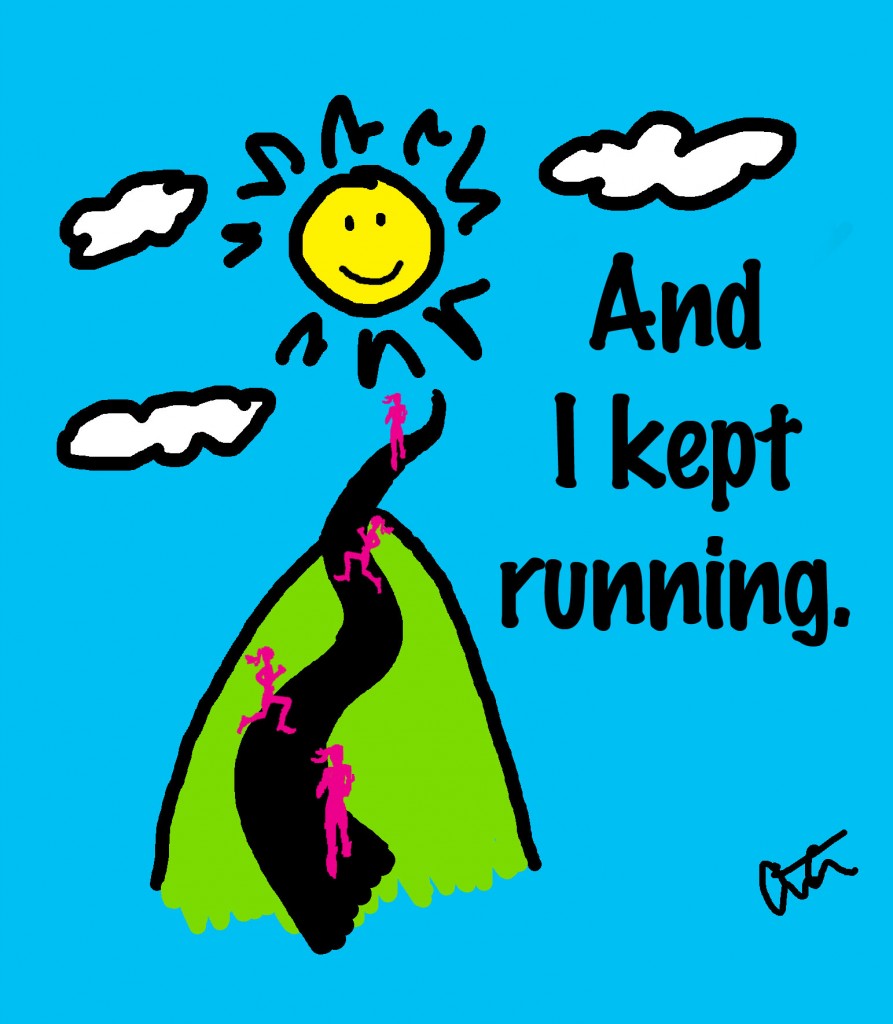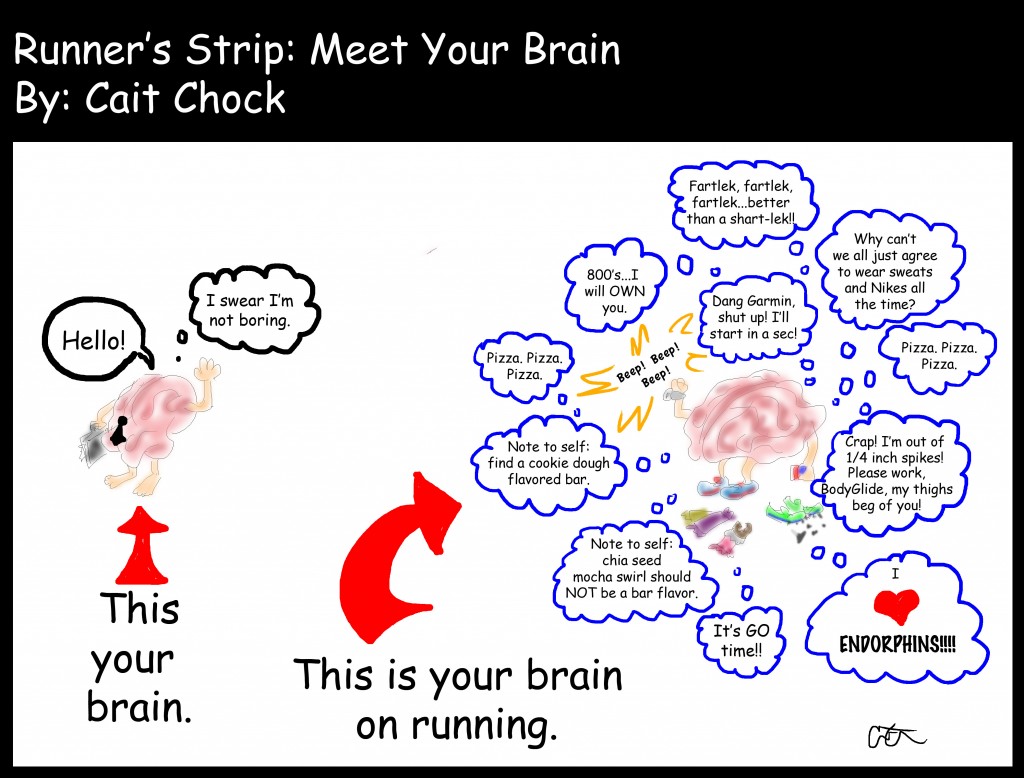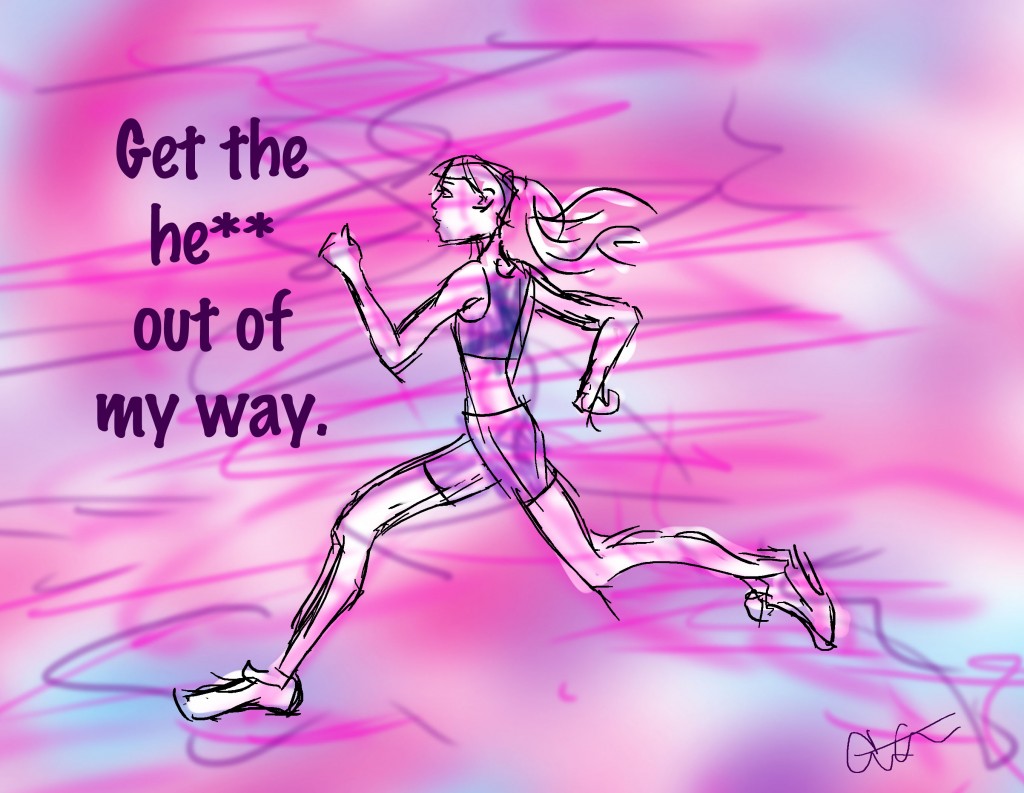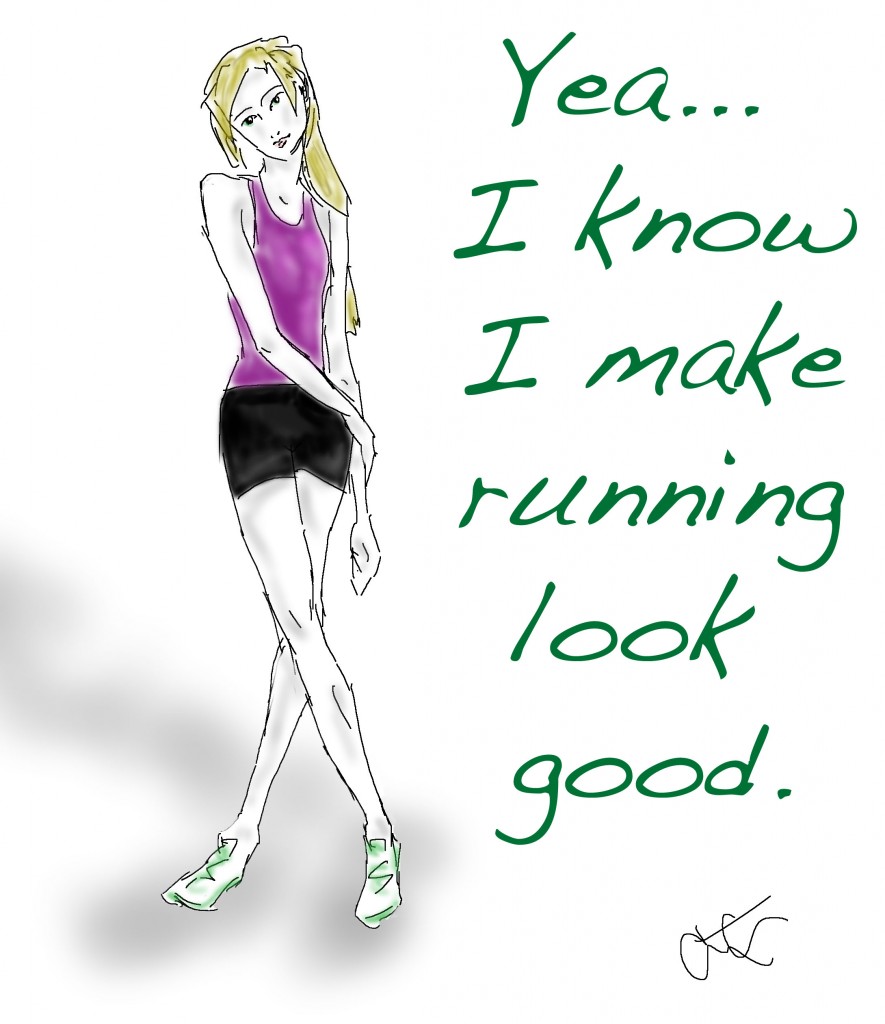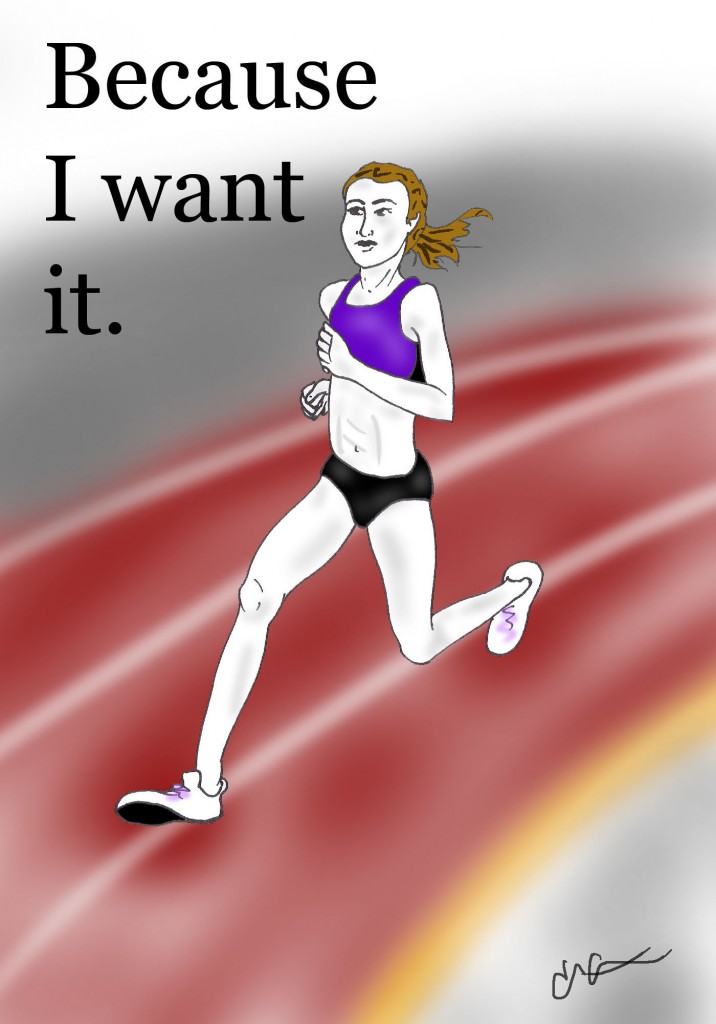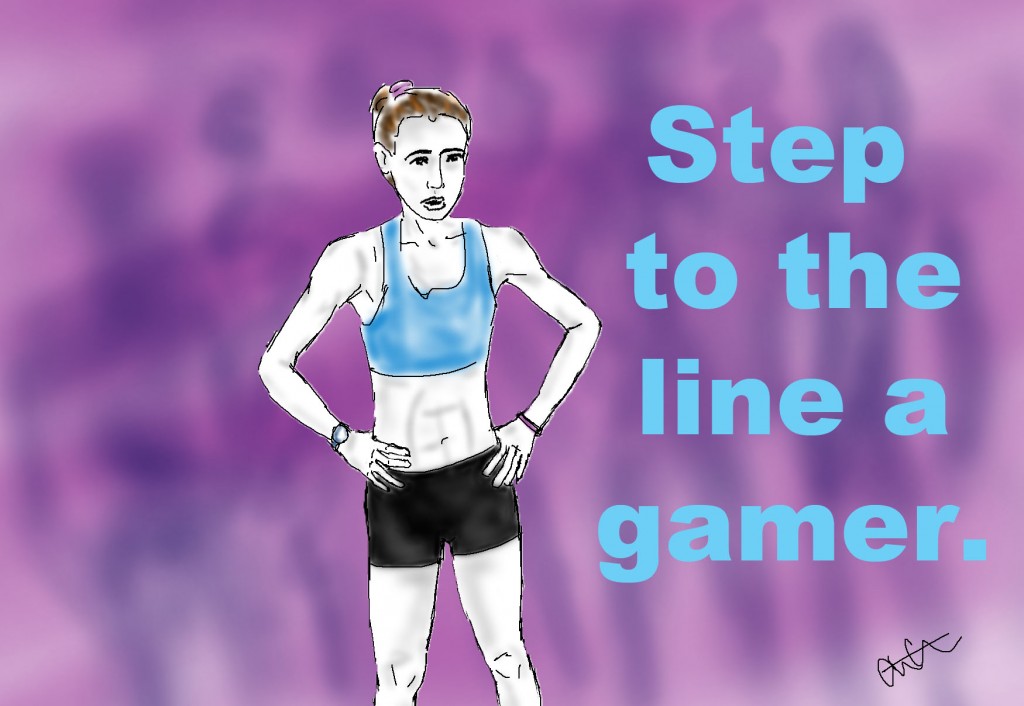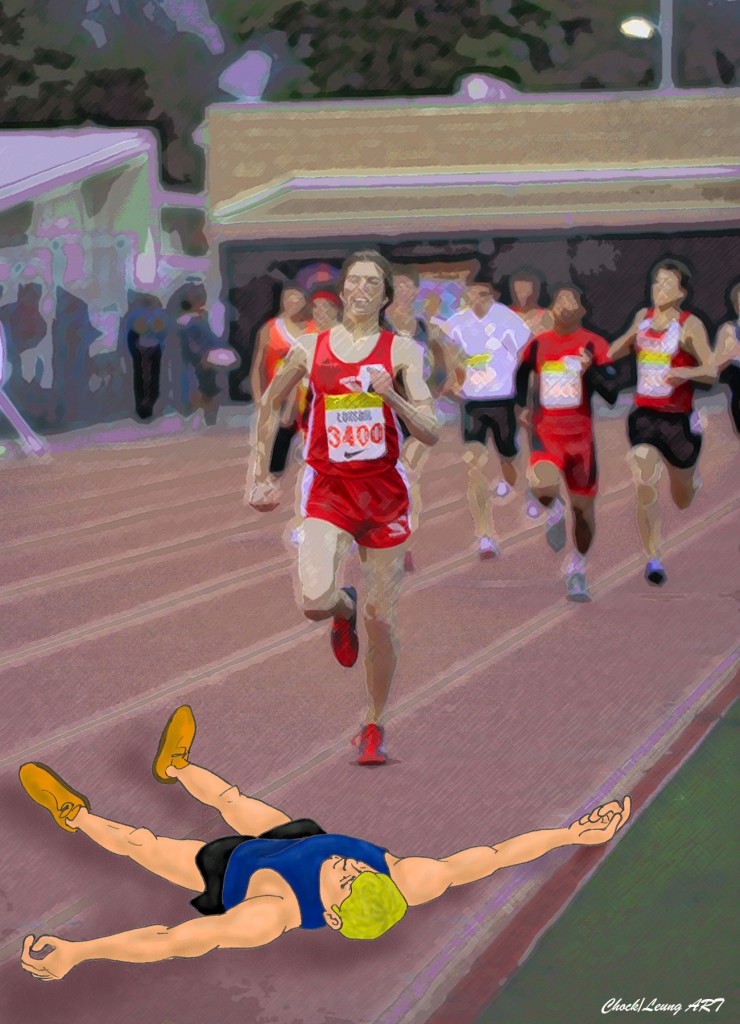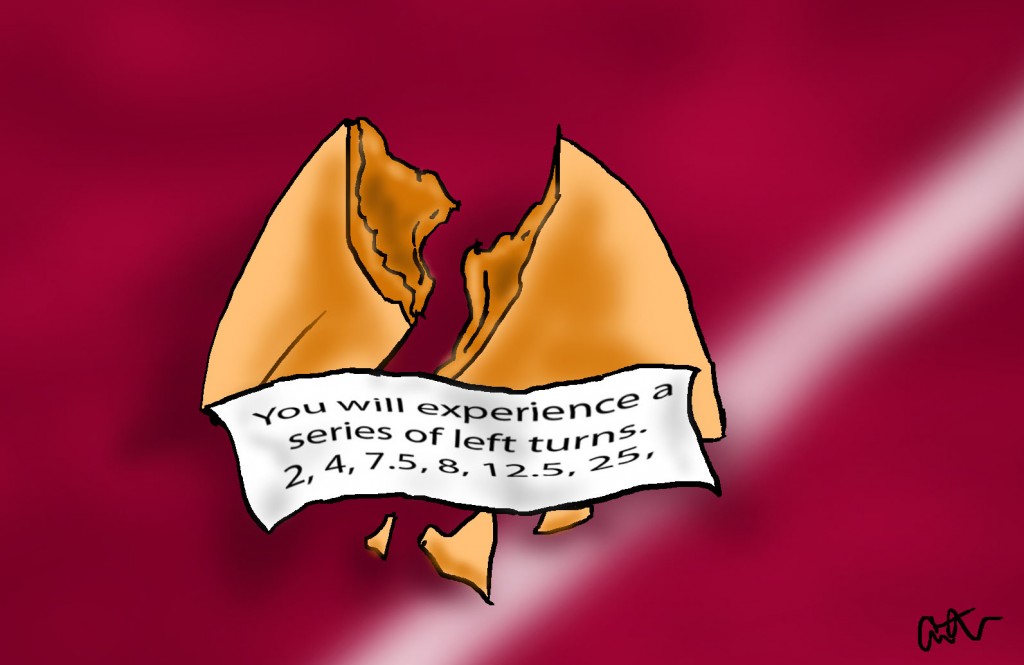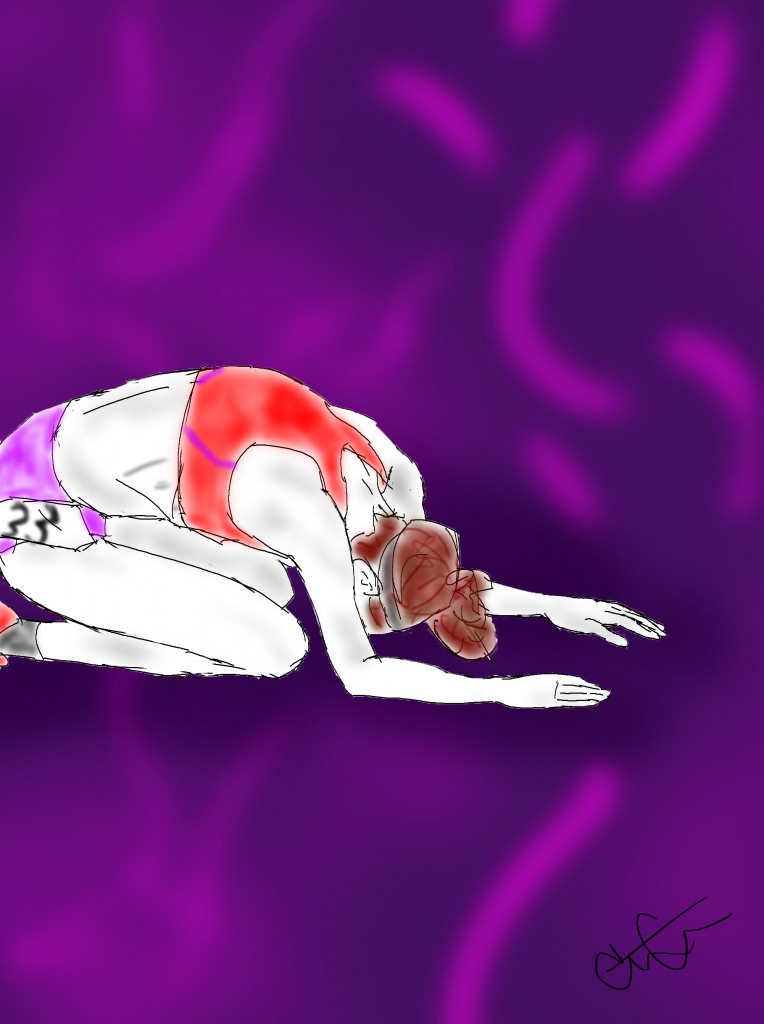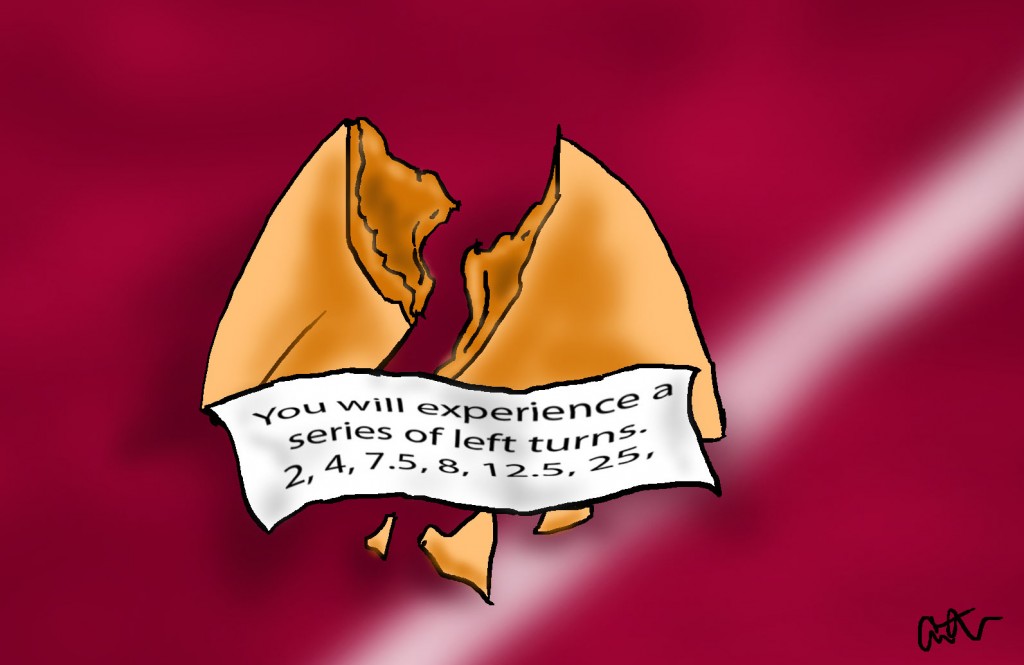“Off with her head!” the Red Queen shouted. Which begged me to question, “Would I actually run better sans my head?”
Bear with my train of thought for just a moment, outside of losing those 8 pounds of noggin and getting a lower racing weight, I will go out on a limb and say that there are some athletes who would run better without that pesky mind of theirs. Sometimes if you want to run better or get something done you need to just, well, go ‘off with your head.’
In previous posts I’ve covered how important getting your mind in check is when it comes to running, training and racing. I’ve covered visualization to improve your performance by harnessing some of that mental energy as well as means to quell pre-race nerves. Today’s will be different because it’s actually about disconnecting from your mind. Don’t worry I won’t drag out the guillotine.
“I’m here so that you don’t have to do any of the thinking, just focus on the running,” this is something a coach once said and if you’ve found a trustworthy and reliable coach I tend to agree with the statement. Of course it’s important to pick the right coach, but once you do it’s about trust and putting the reins in their hands. That way you can tune-out your brain.
* Don’t question: Some athletes play the ‘why’ game so much that they never are able to put faith in the training and program they are doing. “Why am I doing this workout?”, “Why is he having me do this, so-and-so does this instead?”, “Why can’t I just do 4 repeats and not 5?”, “Why can’t I do 10 repeats instead of 5?” and so on. Your mind can play the ‘why’ game forever and when you do that you can’t establish trust, then confidence in your training and ultimately YOURSELF. When you don’t have confidence in yourself, come race day you should be nervous.

* Don’t negotiate: When you’re in the middle of a workout, or a run for that matter, it’s going to hit a point where it hurts. Your brain will start to negotiate with you, “Maybe this pace is too fast, let’s slow it down”, “Maybe I can’t really do all the repeats, maybe I’ll stop now.” Let’s be honest, your mind will search for any excuse, but if you go in with the mentality that you TRUST your training program, your coach if you have one, then your approach shouldn’t be one with any room for doubts. It’s not a question of IF you will be able to do the workout, it’s a GIVEN that you’re capable of it. Now, you may not actually physically be able to hit the paces sometimes, that happens, but there needs to be a SHIFT in your thought process at the start. Your brain is taken out of the equation…you are supplied the given workout and your legs get to running.
* Just function: As just explained above, to a degree, some of the best athletes just function as droids. They aren’t the ones coming up with the workouts, they don’t have to obsess and worry about what they should be doing; that frees up a LOT of extra mind energy. That energy then is able to be focused and channelled into actually DOING what they set out to achieve. Not all of us are blessed to be in that position, and I know plenty people don’t have coaches at all. Still though, you can adapt the philosophy to your situation. Plan ahead: as in if you have a race planned to run, work backwards and set up your training weeks in advance. Nothing is set in stone, but limit how much adapting you do. If you have a full season of workouts planned, allow yourself to reassess the upcoming week’s training on Sunday night but from there try not to do much adjusting to the plan. Wake up that day, see the workout, and let your body get to work.
It’s impossible to tune-out your mind completely and you wouldn’t want to do that totally of course. Though over-thinking gets in the way of many a talented runner; because ultimately it never gets them to a point where they can establish TRUST in their training, FAITH that they are capable of achieving their goals, or CONFIDENCE in themselves.
So, what do you think, do you think you’d jump on the Red Queen’s proposition?? 😉
1) How do you approach your own training? Do you create your own training, do you just come up with the day’s run on the spot, are you part of a team?
2) If you have a coach, how did you connect with them? Are you able to put full trust and training duties in their hands or do you tend to play the ‘why’ game a lot?
3) What does the idea of dissociating from your mind translate to you? Do you think there is a way you can incorporate the idea into your own training to improve your running?
4) Do you wonder how I thought up this lopping off your head business?
Well, I was watching on drool-worthy Johnny Depp in the latest Alice in Wonderland during my treadmill run. 😉


